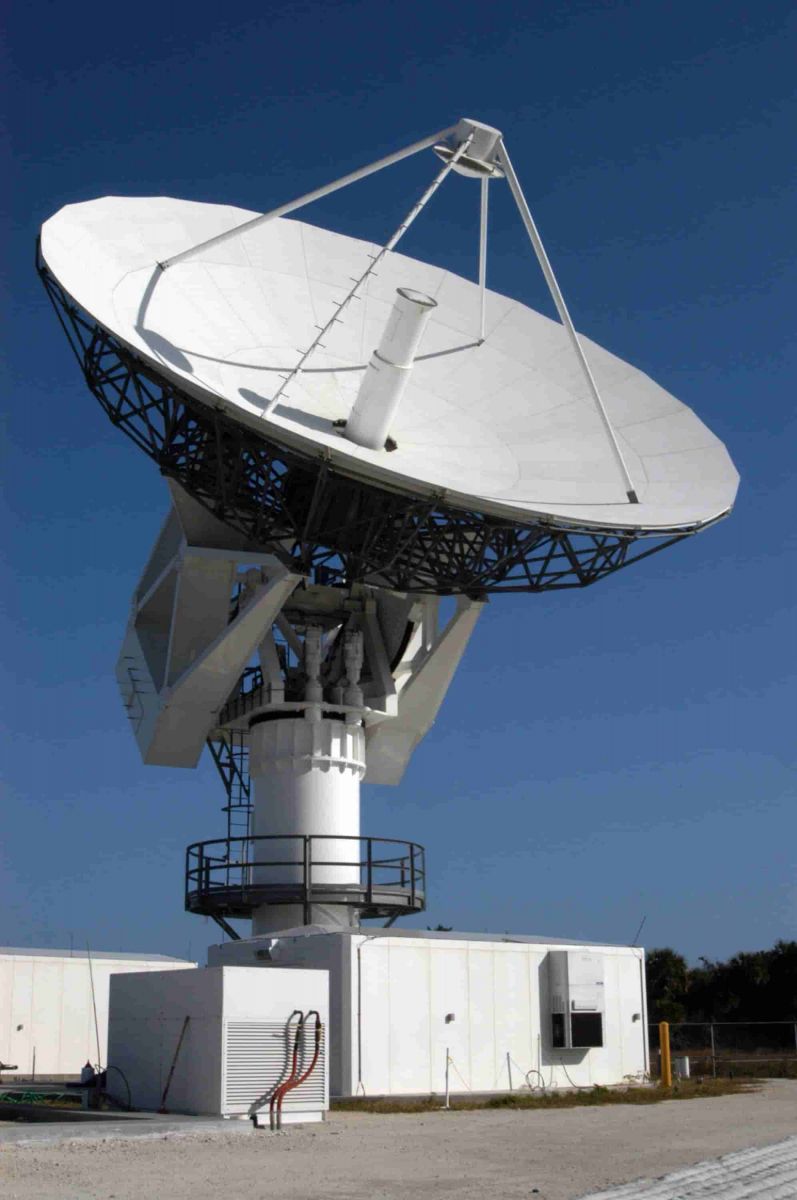- About us
- Product
- Dual-Junction Circulator
-

Dual-junction Microstrip Circulator
-

Dual-junction Drop-in Circulator
-

Dual-junction Coaxial Circulator
- Customized
- Technical Note
- News
- Contact us
Updated on:
Keywords: RF isolator purpose, RF isolator function, microwave isolator, protect power amplifier, VSWR protection, ferrite isolator, RF circulator, radar, SatCom, MRI
In every serious RF or microwave system, you will eventually ask a simple but critical question: what is the real purpose of an isolator? It is not just another passive box in the rack. A ferrite RF isolator is a non‑reciprocal two‑port device that lets energy flow in one direction while strongly attenuating reverse power.
In practice, that means the isolator sits between a sensitive source (typically a power amplifier or low‑noise module) and an unpredictable load (antenna, duplexer, filter, test port), quietly doing three things:

An ideal isolator can be thought of as a directional, lossless one‑way valve for RF power. Real devices exhibit finite insertion loss in the forward path and a specified isolation value in the reverse path, e.g. 0.3–0.5 dB forward loss and 20–25 dB isolation for L‑/S‑band ferrite designs commonly used in radar and SatCom front ends.
Most microwave isolators are implemented as three‑port ferrite circulators with one port terminated internally. A ferrite puck is biased by a DC magnetic field so that RF propagation becomes non‑reciprocal: power entering Port 1 rotates to Port 2, but power entering Port 2 is rotated to Port 3 (the matched load), not back to Port 1.
From a system perspective, this non‑reciprocity is the key: forward power sees low loss, reverse power sees high attenuation and a matched termination.
As frequencies move into C‑band, X‑band and Ka‑band and as systems adopt wideband, multi‑carrier modulation schemes, the tolerance for mismatch and instability shrinks dramatically. In that context, isolators are no longer “optional accessories” but risk‑control components.
In radar transmitters, satcom gateways or 5G macro radios, the RF power amplifier is one of the most expensive and fragile components. Severe mismatch can cause:
By inserting an isolator between the PA and antenna interface, most of the reflected energy is absorbed in a robust, well‑cooled termination rather than inside the semiconductor die.
In low‑noise receivers, mixers, and frequency synthesizers, small changes in impedance can move oscillation poles, change loop gain, or degrade noise figure. An isolator at the output of the LNA or local oscillator:
In production test or field service, engineers want the test setup—not the device under test—to dominate system uncertainty. Using an isolator in front of a spectrum analyzer, power meter, or receiver can:

In pulsed and FMCW radar, isolators are widely used:
High‑power uplink chains operating in C‑, Ku‑, Ka‑ or Q/V‑band rely on isolators between the HPA/SSPA and the up‑converter or OMT. Benefits include:
MRI transmit coils and RF heating applicators often present complex, time‑varying loads due to patient motion or process changes. Isolators in these systems:

| Parameter | Typical Value | Why It Matters |
|---|---|---|
| Frequency range | e.g. 1.2–1.4 GHz (L‑band), 8–12 GHz (X‑band), 26–40 GHz (Ka‑band) | Must fully cover the operating band including modulation sidebands and guard bands. |
| Insertion loss | 0.25–0.8 dB, depending on band and technology | Directly reduces available output power and affects NF in receive paths. |
| Isolation | ≥20–25 dB (standard), ≥30 dB (high‑isolation types) | Defines how much reflected power is prevented from returning to the source. |
| VSWR | <1.20:1 to <1.35:1 typically | Good match at all ports is required so the isolator doesn’t introduce new reflections. |
| Power handling | From a few watts to kilowatt‑class CW or pulsed | Must exceed both forward power and any credible reflected power scenario. |
| Temperature range | –40 °C to +85 °C (commercial/industrial), or wider for defense/space | Ferrite bias and magnetic properties are temperature‑dependent; isolation and loss drift must remain acceptable. |
Because isolators add cost and insertion loss, RF designers sometimes try to omit them. A pragmatic checklist:
Not exactly. A circulator is a three‑port non‑reciprocal device where power “circulates” from Port 1→2, 2→3 and 3→1. An isolator is usually a circulator with the third port internally terminated, effectively creating a two‑port one‑way device.
In some low‑power or narrowband cases, a coupler and external termination can approximate isolation. However, the resulting reverse isolation is usually much lower than that of a dedicated ferrite isolator, and the assembly is bulkier and more sensitive to layout. For high‑power or wideband systems, a purpose‑built isolator is usually preferred.
No—the isolator itself introduces forward loss. Its value lies in protecting expensive components, reducing unplanned downtime, and maintaining linearity and accuracy. Viewed over the life‑cycle of a radar, base station or gateway, those benefits usually outweigh the small static loss penalty.
The most common position is directly at the output of the power amplifier or sensitive active stage. In some architectures, additional isolators are used at the outputs of LNAs, driver PAs, frequency converters, or distribution splitters to prevent unwanted coupling between branches.
About the Author
HzBeat Editorial Content Team
Sara is a Brand Specialist at Hzbeat, focusing on RF & microwave industry communications. She transforms complex technologies into accessible insights, helping global readers understand the value of circulators, isolators, and other key components.